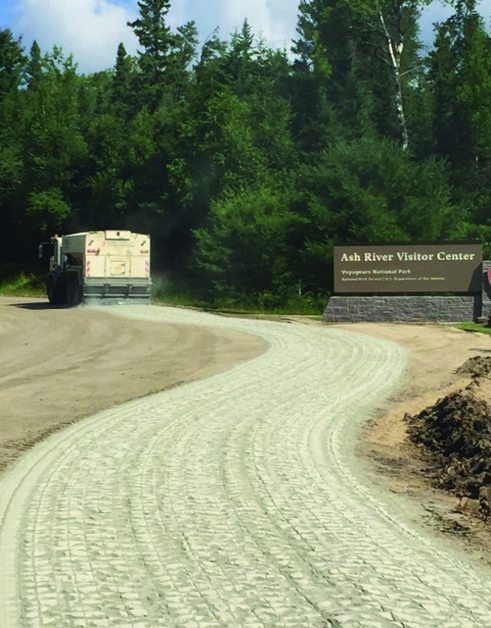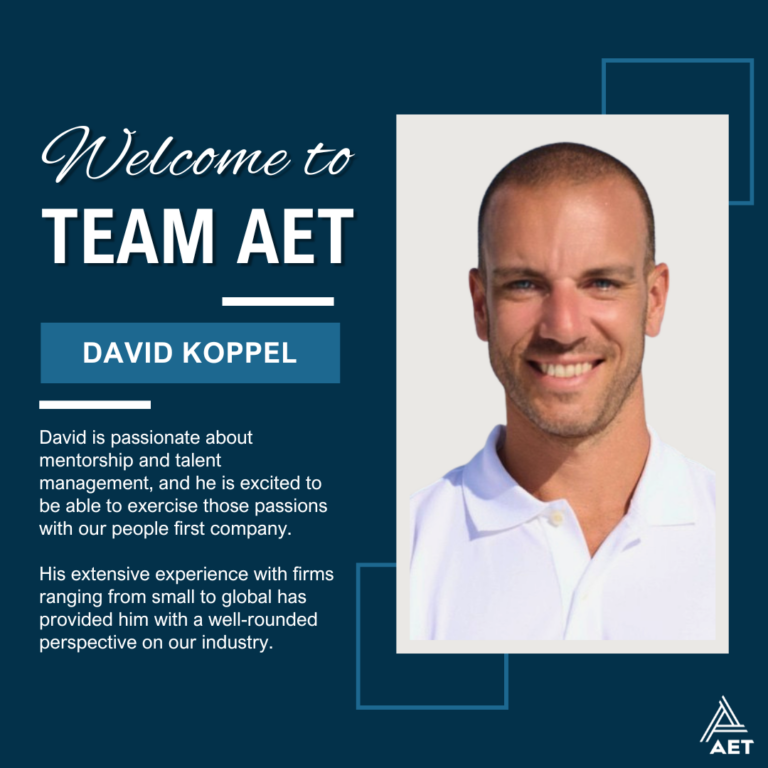When roadways deteriorate, there are a number of options for rehabilitation. One such option is the use of full-depth reclamation (FDR) techniques, which involve pulverizing a roadway’s existing asphalt pavement and a portion of its aggregate base. The pulverized materials are blended together to produce an improved base material. In some cases, a stabilizing agent is added to the mix, hence the term “stabilized full-depth reclamation,” or SFDR. All of this work takes place out in the field—the materials never leave the site.
Although FDR techniques have been around for a while, they are becoming more and more popular for several reasons. In addition to providing a structurally and functionally sound pavement, FDR involves the recycling and reuse of the materials, which is largely considered a sustainable measure. Second, the use of FDR eliminates the need for materials (e.g., aggregate) to be hauled to and from the site, reducing the number of heavy trucks on local roads. These benefits in particular made FDR an appropriate choice for rehabilitating two low-volume roads in Voyageurs National Park.
Located adjacent to the Canadian border in northern Minnesota, Voyageurs National Park comprises more than 200,000 acres of bluffs, bays, islands, and small buildings made accessible by a network of low-volume roads. In 2014, the Federal Highway Administration conducted a pavement condition survey on two of the park’s access roads and found both were in need of rehabilitation. The 20-year-old roadways had a significant amount of cracking and showed signs of rutting, as well as areas of perpetual wetness where underground springs had penetrated the roadway.
The FHWA determined that the use of SFDR techniques were the best choice for a long-term pavement rehabilitation solution. To allow the new roadway to withstand the park’s extreme environmental conditions and provide a 25-year performance period, cement would be incorporated into the pulverized materials.
As a member of the project team, we partnered with Allstates Pavement Recycling & Stabilization to sample and perform laboratory testing on the existing pavement materials. This gave us the data we needed to determine the cement addition rate for the new stabilized layer of recycled material.
The rate at which cement would be added was critical, as this would directly impact the layer’s strength. If it were too rigid, it could potentially cause cracking in the asphalt’s surface and present costly construction challenges. During construction, which took place between August and September of 2017, we monitored the gradation of the material during stabilization and performed moisture content testing to verify the proper amount of water was added. We also compacted samples in the field to be lab-tested for unconfined compressive strength. This was done to make sure the strength and durability properties of the stabilized layer produced in the field matched those of the mix design.
Thanks to the use of SFDR techniques, the FHWA was able to successfully rehabilitate the two roads, making it easier for visitors to enjoy some of Minnesota’s most pristine waters and lands—all while keeping the park’s natural beauty intact.


